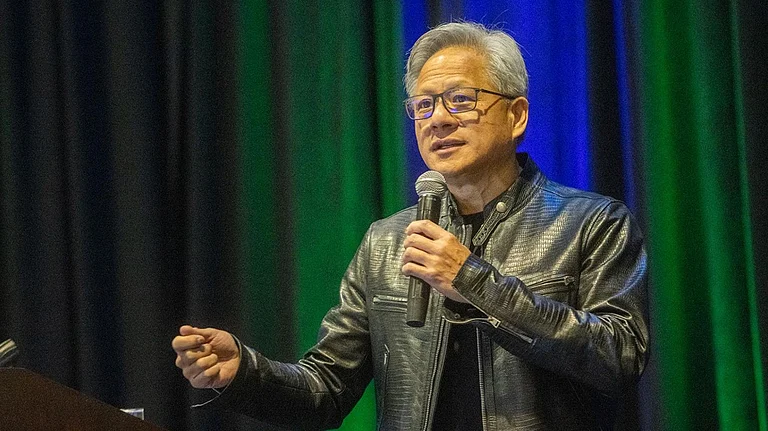Elon Musk’s AI venture xAI is gearing up for one of the most aggressive hardware expansions in AI history. According to reports, the company is seeking up to $12 billion in debt financing to purchase Nvidia GPUs, the critical chips used to train advanced AI models.
The capital will fund the build‑out of a massive data‑centre cluster designed to power the next stages of xAI’s development, including the ongoing training of its Grok chatbot.
This isn’t just another GPU order. Musk’s vision is to create a supercomputing behemoth, with reports suggesting plans to assemble one of the largest GPU clusters in the world, potentially involving 100 000 or more Nvidia H100 chips.
The scale and urgency of the effort reflect Musk’s belief that compute, not just data or algorithms, will be the defining edge in the global AI race.
The Deal, Debt & Domino Effect
To pull off this feat, xAI is working with Valor Equity Partners, a firm with deep ties to Musk’s ventures and past experience backing high‑capital, high‑ambition infrastructure projects. Sources suggest Valor is in active discussions with major banks to secure loans backed by assets and projected returns from Musk’s sprawling business empire. If finalised, this would mark one of the largest non‑IPO, non‑merger debt raises in the AI industry to date.
The move will inevitably pressure rivals. Companies like OpenAI (backed by Microsoft), Anthropic (backed by Amazon and Google) and Mistral (backed by a consortium of European investors) are already in fierce competition for compute capacity.
xAI’s entry with such a large‑scale GPU grab could distort access and pricing in an already resource‑constrained market, where even top AI start‑ups struggle with Nvidia chip availability and long lead times.
Some insiders see it as a warning shot, compute supremacy is becoming the new AI moat and Musk doesn’t intend to be left behind.
What makes this more than a one‑off move is the way Musk is linking AI progress directly to infrastructure control.
His broader goal appears to be creating a vertically integrated AI stack, melding chips, supercomputers, data centres and end‑user products like Grok, all within Musk’s growing tech empire, which includes Tesla, SpaceX, Starlink and X.
There are rumours that the upcoming data cluster will be housed in facilities co‑located with X data centres or Tesla’s Dojo compute infrastructure, making it easier to funnel compute across ventures.
Some industry observers view this as a strategy to secure AI development pipelines for everything from driverless cars to conversational assistants to humanoid robotics.
Compute Monopolies
The implications go well beyond xAI. The industry is now entering what many are calling a “compute arms race,” a high‑stakes contest not just about who has the best model, but who has the most processing power to train and deploy it at scale.
At the centre of this arms race is Nvidia, which has effectively become the kingmaker of AI.
Its H100 and upcoming Blackwell GPUs are the gold standard for training large language models, and it continues to dominate the global AI chip market despite emerging competition from AMD, Intel and start‑ups like Cerebras.
Musk’s massive order will only deepen the demand‑supply imbalance, potentially worsening the existing GPU bottleneck and further concentrating power in Nvidia’s hands.
This concentration has sparked concerns about compute monopolies, fair access and the democratisation of AI. As a handful of tech giants and well‑capitalised start‑ups snap up vast amounts of AI infrastructure, smaller players and academic researchers risk being locked out of cutting‑edge development.
Regulatory bodies in the US, EU and Asia are starting to study how compute dominance could mirror past concerns about app‑store monopolies or search‑engine market share.
Musk’s $12 billion AI bet isn’t just a big number, it’s a bold declaration that the future of AI will be governed by those who control the largest compute reserves.
This signals a shift in power dynamics, where traditional software advantage is no longer enough, and hardware at scale becomes the new battleground.

































